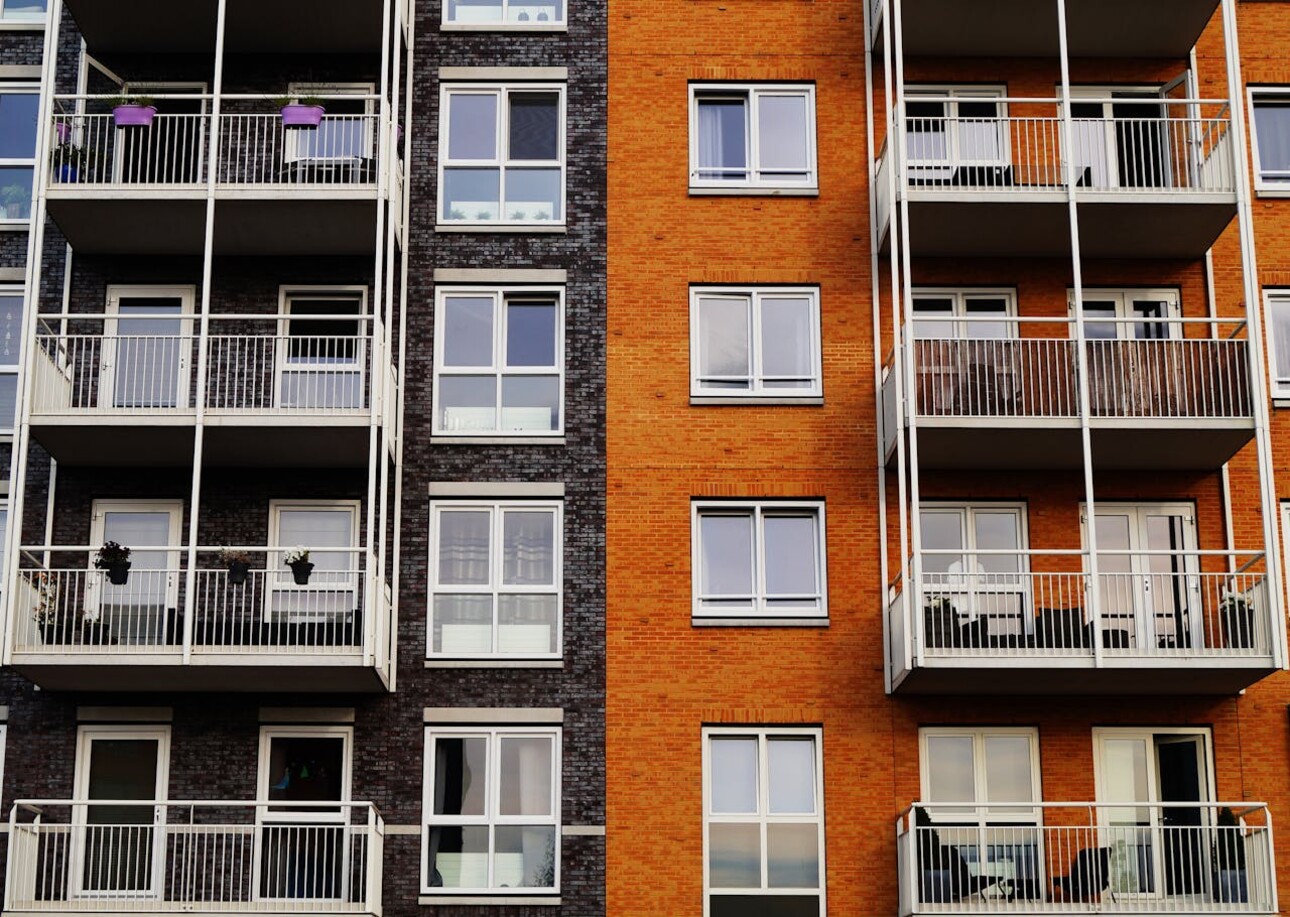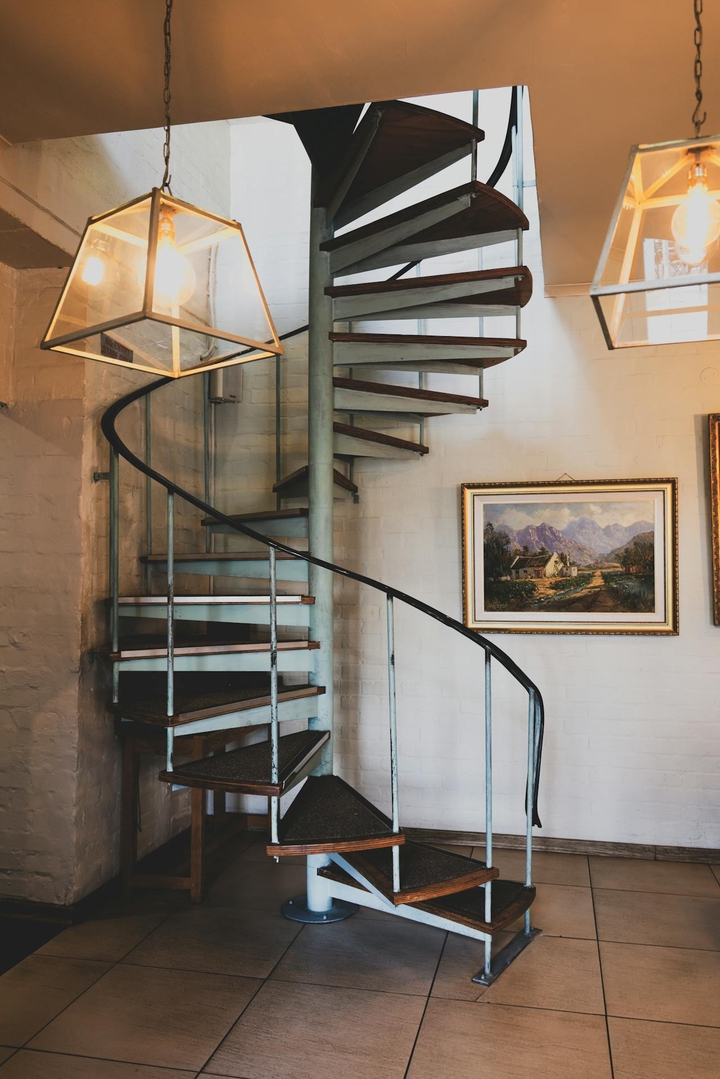
Old buildings, whether heritage or just ageing, often have narrow or worn staircases. In such cases, there is a real risk of falling, especially when climbing the steps, when effort and vigilance are at a premium. Installing a suitable metal balustrade is essential to ensure the safety of users. But don't improvise your choice of structure if you want it to be suitable for your building. What parameters need to be taken into account to find a suitable guardrail? Follow this guide to make a more informed choice.
To make the stairs of an old building safe, you need to comply with French safety standards, in particular NF P01-012. This standard stipulates a minimum height of 90 cm for railings in private homes. According to the same standard, the minimum height is set at 1 m for public buildings, and the spacing between the elements must prevent a child from climbing over.
Compliance with these standards is necessary if you want to avoid falls when climbing narrow or slippery stairs in your old building. It also provides a safe environment for users if the building has business premises. You can then be sure that PRMs can access your building without risk of falling or having an accident.
What's more, even if you have a building that dates from another era, its renovation or the addition of new equipment must meet today's standards. This guarantees optimum protection for occupants and visitors, and ensures legal compliance in the event of inspection or resale. Turn to specialist suppliers to ensure that the railings installed are approved and durable.

Old buildings generally have a unique charm that should be preserved at all costs. So when you install a balustrade, it's vital to choose a material that respects the harmony of the surroundings. Today, steel, stainless steel and aluminium are the three main practical options available on the market. With powder-coated steel, for example, you can have a solid, customisable balustrade that is compatible with many old architectural styles.
Stainless steel, on the other hand, is more contemporary, but can be subtly integrated into modernised homes. Lastly, aluminium is lightweight and suitable for stone or concrete staircases in Haussmann-style buildings or rural farmhouses. In all cases, however, made-to-measure is the way to go, so that the balustrade matches the specific dimensions of your staircase. If possible, call on a professional like Métal En Stock for proposals tailored to your building.
A strong, durable handrail is important, but it's not enough if you have narrow, uneven steps. You inevitably need to add a handrail to make the climb even safer. This structure provides a permanent support point for users, especially senior citizens, children and PRMs. Depending on the configuration of your staircase, you can choose :
Whatever model you choose, this structure plays a decisive role in preventing imbalances. It will enable you to create a safe space accessible to all users, especially if you have tourist accommodation or guest rooms. So make the right choice of material, diameter and finish to ensure a comfortable and aesthetically captivating whole. Finally, opt for non-slip surfaces that are easy to maintain and well anchored.
Staircases in old buildings can have many unusual features. They may have irregular steps, crumbly stone walls or lack right angles. For any of these reasons, make sure the installation of the balustrade is well adapted to the existing structure. Opt for a fixing system that is appropriate to the configuration of the site. If necessary, use reinforcing plates or chemical sealants to make the whole structure more solid. A poorly installed guardrail can be very dangerous, especially if it gives a false sense of security. Leave the installation to a professional or follow exactly the recommendations of a recognised manufacturer to avoid this type of problem.